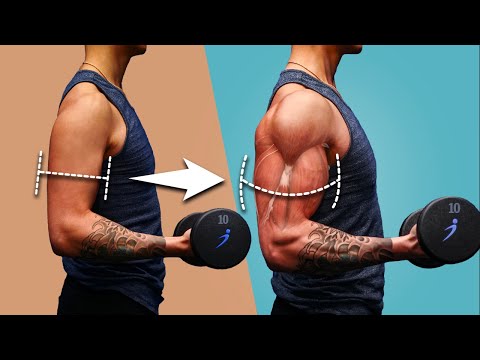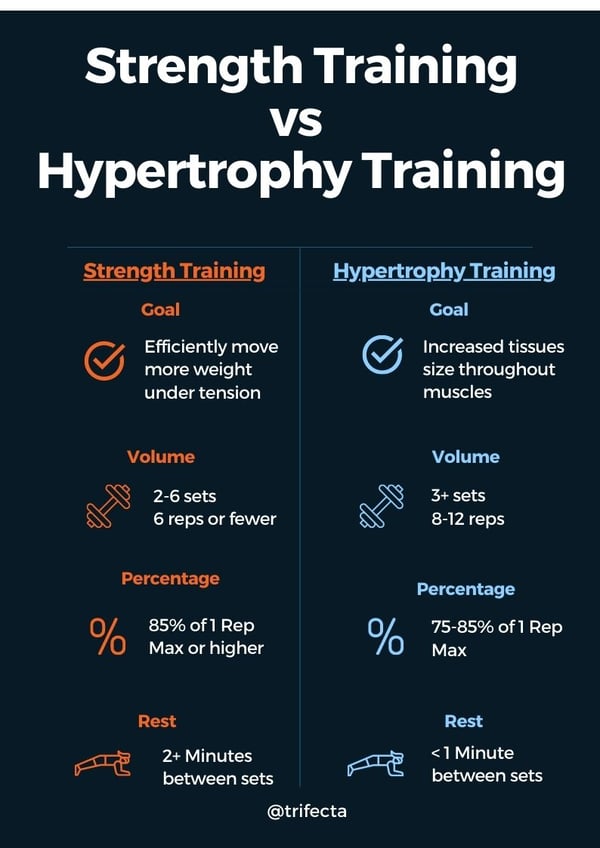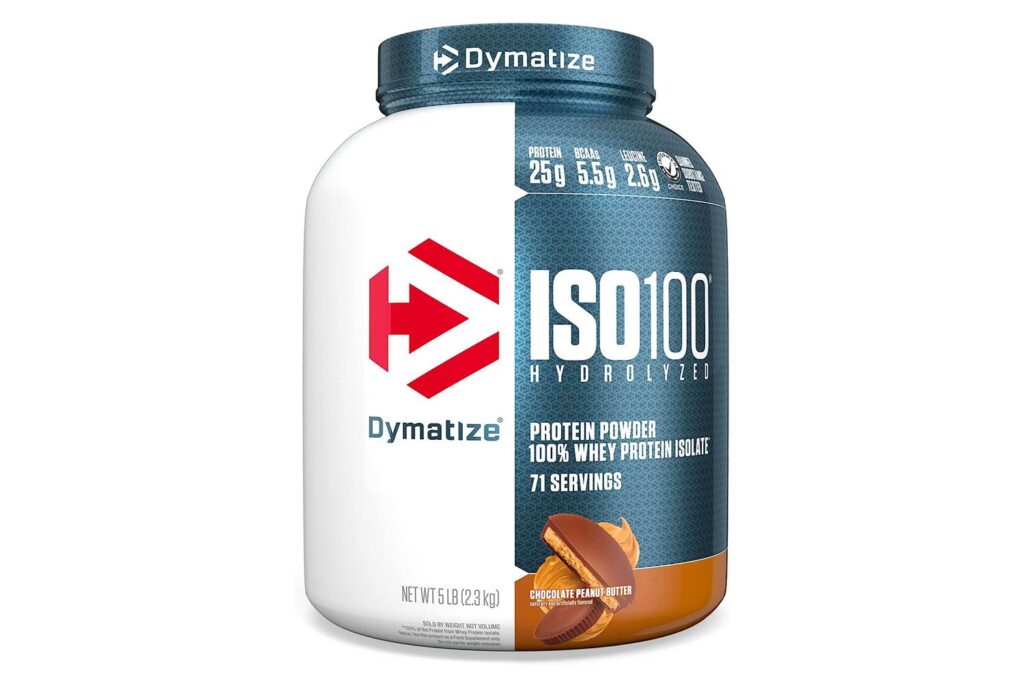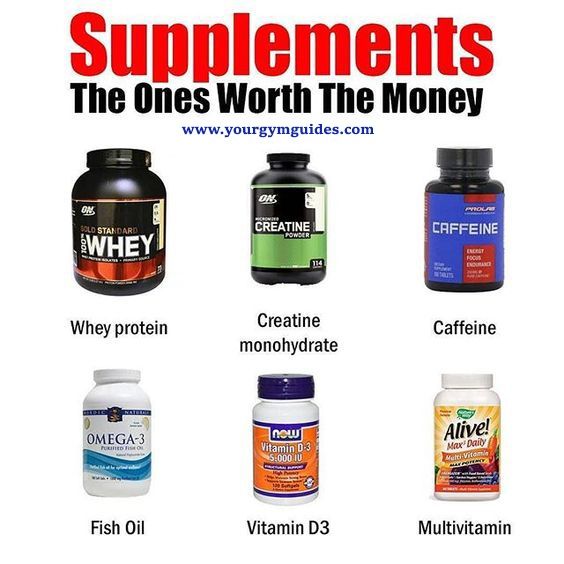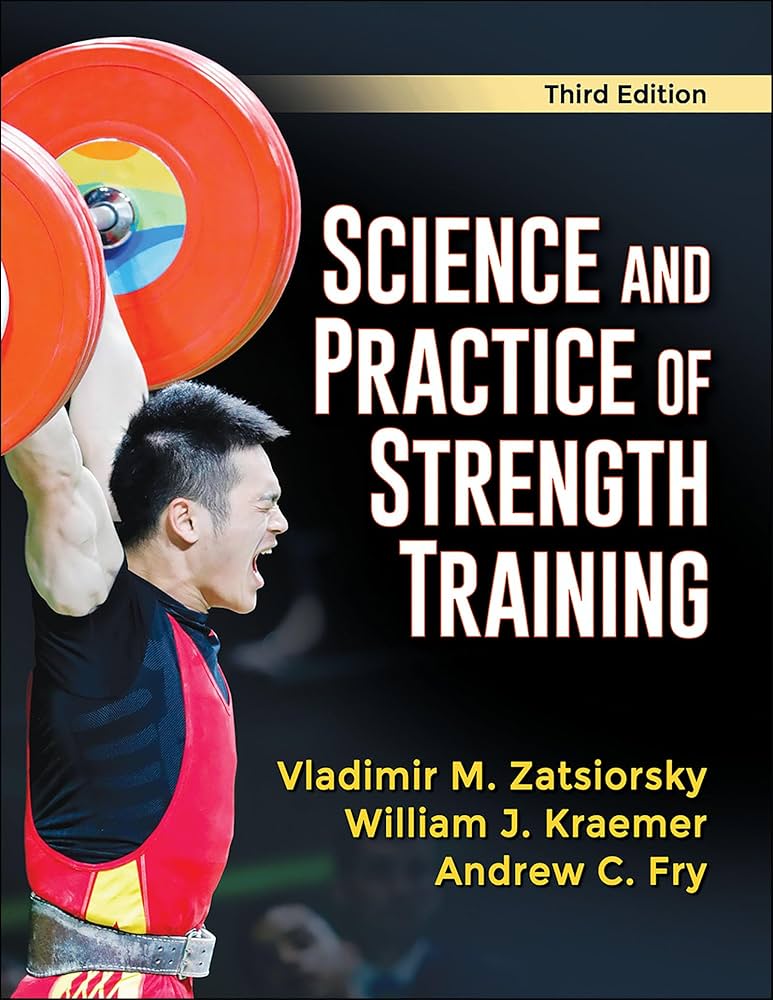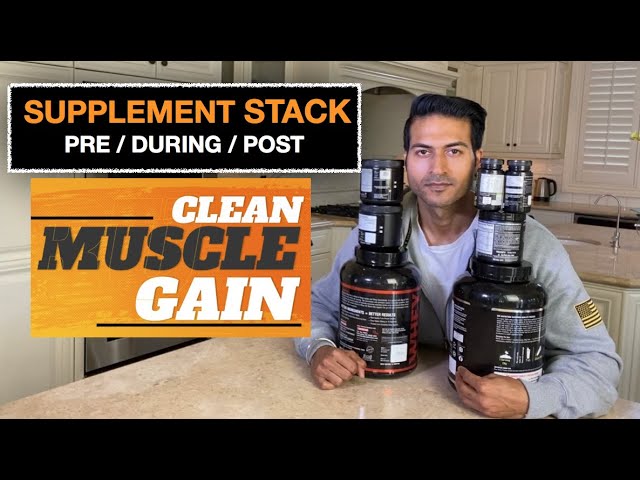To maximize muscle growth, prioritize progressive overload in your training and maintain a balanced diet rich in protein. Consistency and adequate rest are crucial.
Building muscle effectively involves a combination of strategic workouts, proper nutrition, and sufficient recovery time. Progressive overload is a fundamental principle, meaning you should gradually increase the weight or resistance in your exercises to challenge your muscles. Consuming a balanced diet rich in protein supports muscle repair and growth.
Rest and recovery allow your muscles to heal and grow stronger. Aim for a mix of compound and isolation exercises to target different muscle groups. Track your progress and adjust your routine as needed to keep your muscles challenged and growing. Consistency in your workout regimen and nutrition plan is key to achieving long-term muscle growth.
Nutrition Basics
Eating the right macronutrients helps muscles grow. Proteins are essential for muscle repair. Carbohydrates provide energy for workouts. Fats support hormone production. Balance is key. Too much of one can hinder progress.
Proteins are found in meat, eggs, and beans. Carbohydrates are in bread, rice, and fruits. Healthy fats come from nuts, avocados, and fish. Eat a mix of these foods daily.
Vitamins and minerals help muscle recovery. Vitamin D supports bone health. Magnesium aids muscle function. Iron carries oxygen to muscles.
Calcium strengthens bones. Zinc helps repair tissues. Eat colorful fruits and vegetables. They are rich in micronutrients. Dairy, lean meats, and nuts are also good sources.
Workout Routines
Compound exercises work multiple muscle groups at once. They are great for building strength. Squats, deadlifts, and bench presses are examples. These exercises help you lift heavier weights. They also improve balance and coordination. Compound exercises make your workouts more efficient. They are perfect for those with limited time.
Isolation exercises target one specific muscle group. They help you focus on a single muscle. Bicep curls and leg extensions are examples. These exercises are good for fixing muscle imbalances. They also help in muscle definition. Isolation exercises are useful for rehabilitation. They allow you to control the movement better.
Progressive Overload
Progressive overload stands out as one of the best methods for muscle growth. Gradually increasing weights or resistance challenges muscles, promoting strength and hypertrophy.
Increasing Weight
Muscles grow by lifting heavier weights. Start with a weight you can lift easily. Add a small amount of weight each week. This keeps muscles challenged. They will grow stronger.
Increasing Reps
Another way to grow muscles is by doing more reps. Begin with a number you can handle. Gradually increase the number of reps. This makes muscles work harder. Over time, they become bigger.

Credit: www.boxrox.com
Rest And Recovery
Getting enough sleep is crucial for muscle growth. During sleep, the body repairs and builds muscles. Aim for 7-9 hours of sleep each night. Good sleep improves hormone balance, which helps in muscle growth. Try to maintain a regular sleep schedule. Avoid caffeine and screens before bed for better sleep quality.
Active recovery involves light exercises to help muscles heal. Activities like walking, swimming, or yoga are excellent choices. These exercises increase blood flow to muscles. Increased blood flow helps remove waste products from muscles. It also brings nutrients to muscles, aiding in faster recovery. Active recovery can reduce muscle soreness and prevent injuries.
Supplements
Supplements can significantly enhance muscle growth by providing essential nutrients. Protein powders, creatine, and branched-chain amino acids (BCAAs) effectively support muscle recovery and development.
Protein Powders
Protein powders help build muscles faster. They provide your body with essential amino acids. These acids repair and grow muscle tissue. Whey protein is popular and effective. It is quickly absorbed by the body. Casein protein is absorbed slower. It provides a steady release of proteins. Both are great for muscle growth.
Creatine
Creatine increases your muscle strength and size. It helps muscles produce energy during high-intensity exercise. Your body makes some creatine, but supplements can boost levels. Many athletes use creatine for better performance. It also helps with muscle recovery. It is safe and well-researched. Most people see results in a few weeks.
Consistency
Set clear and achievable goals. This helps in staying focused. Short-term goals keep you motivated. Long-term goals give you a bigger picture. Write down your goals. Check them often. This will help keep you on track.
Track your progress regularly. Use a journal or an app. Write down your workouts. Note how much weight you lift. Record how many reps and sets you do. Seeing progress can be very motivating. Tracking helps you adjust your goals. It also helps in finding what works best for you.
Avoiding Plateaus
Change your workouts to avoid plateaus. Use different exercises for the same muscle group. This keeps muscles guessing and growing. Try switching from dumbbells to barbells. Include bodyweight exercises in your routine. This helps to target different muscle fibers.
Rest is essential for muscle growth. Take a deload week every few months. Lift lighter weights during this week. This helps your muscles recover. You’ll come back stronger after the break. Avoid overtraining by taking regular rest periods.
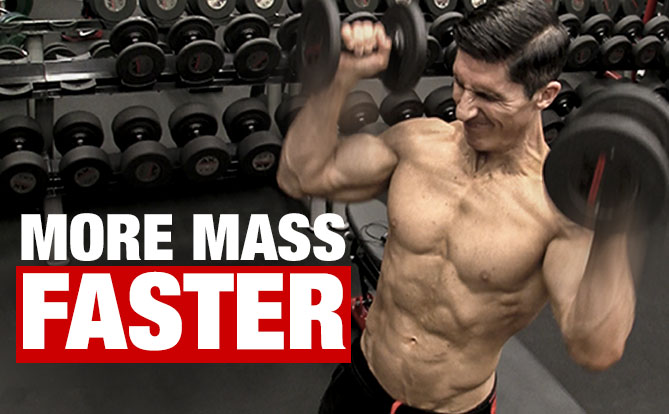
Credit: athleanx.com
Mind-muscle Connection
Always focus on the muscle you want to grow. Think about how the muscle feels. This makes your workouts better. Try to isolate the muscle you work on. Don’t let other muscles help. Use slow and controlled movements. This builds a strong mind-muscle connection.
Picture the muscle growing as you exercise. This helps to make a stronger connection. Imagine each muscle fiber working hard. Close your eyes and see the muscle moving. This makes your brain and muscle work together. Better connection leads to better muscle growth.

Credit: www.youtube.com
Frequently Asked Questions
What Are The Best Exercises For Muscle Growth?
Compound exercises like squats, deadlifts, and bench presses are great for muscle growth. They target multiple muscle groups. This leads to efficient workouts and better gains. Include these in your routine for optimal results.
How Often Should I Train For Muscle Growth?
Train each muscle group 2-3 times per week. This frequency ensures optimal muscle stimulation and recovery. Avoid overtraining by allowing rest days. Consistency is key for muscle growth.
Do I Need To Lift Heavy For Muscle Growth?
Lifting heavy can help muscle growth, but it’s not the only way. Focus on progressive overload, increasing weight or reps over time. Combine heavy lifting with moderate weights for balanced muscle development.
What Should I Eat To Build Muscle?
Consume protein-rich foods like chicken, fish, and legumes. Include complex carbs and healthy fats in your diet. Stay hydrated and consider protein supplements if needed. Balanced nutrition supports muscle recovery and growth.
Conclusion
Achieving muscle growth requires dedication and the right strategies. Focus on a balanced diet, consistent workouts, and proper rest. Tracking progress and staying motivated are crucial. Remember, patience and persistence are key to building muscle effectively. Follow these methods to see significant improvements in your muscle growth journey.

